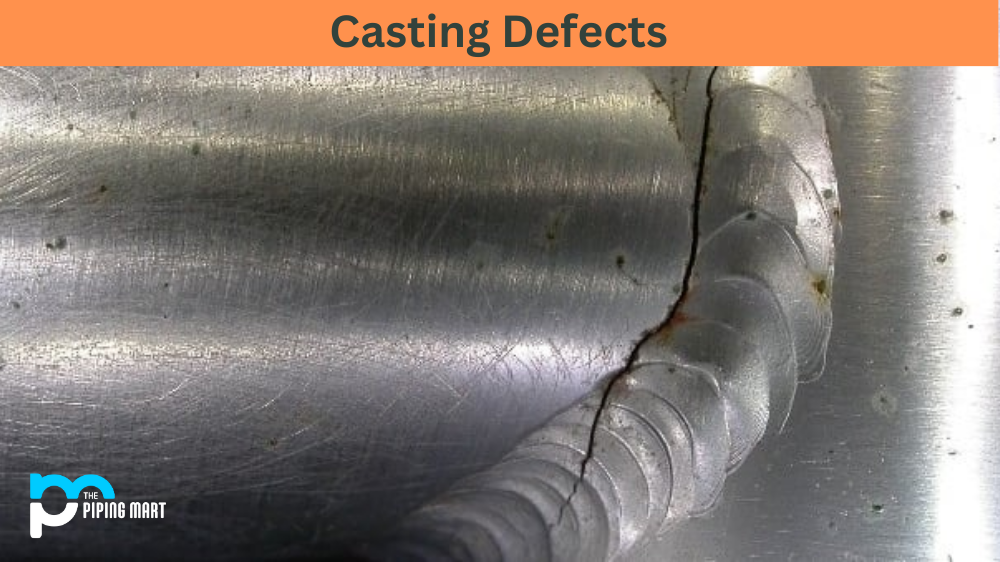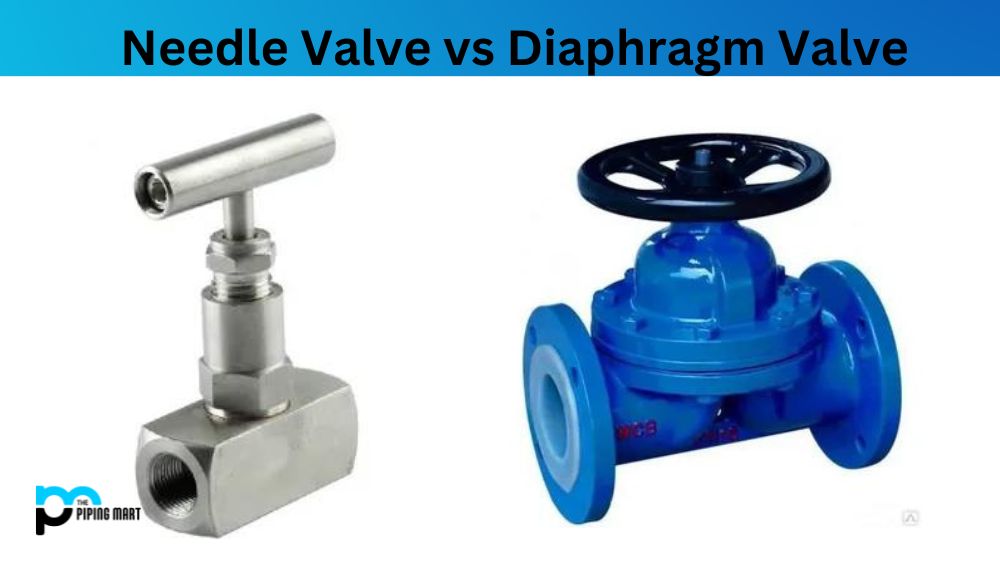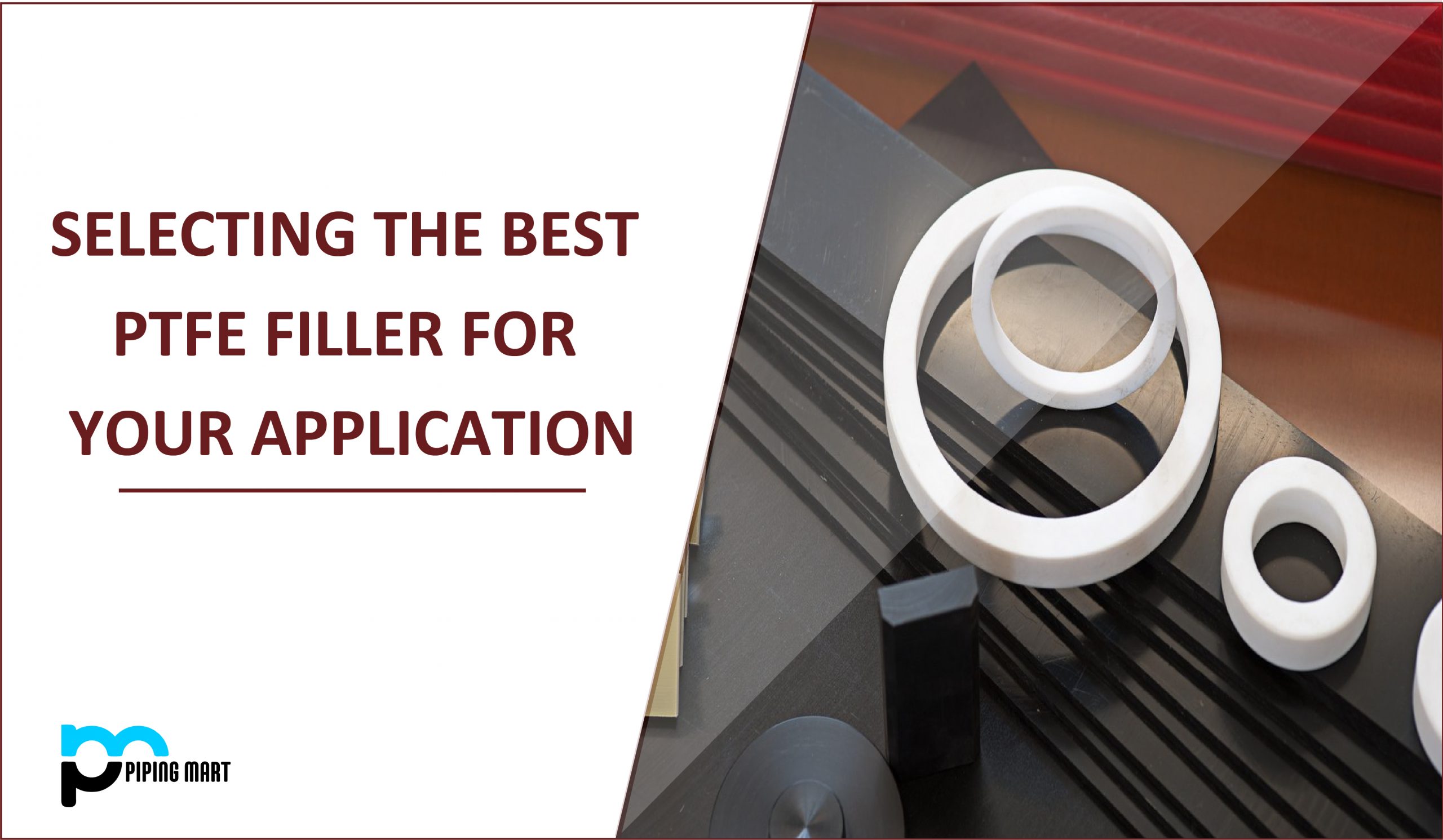The casting process involves pouring molten metal or liquid into a mould to create a specific shape. It’s a crucial process in manufacturing, making it possible to create complex forms and structures that would be difficult to produce otherwise. However, like any manufacturing process, casting can sometimes result in defects that impact the quality of the final product. Understanding the different types of casting defects can help you identify and prevent these issues from occurring. This blog post delves into the four main types of casting defects and how to address them.
Types of Casting Defects
Surface Defects
These are the most visible casting defects, including surface cracking, gas porosity, and shrinkage cavities. Surface cracking can occur when the casting cools too rapidly, while gas porosity and shrinkage cavities typically occur when gases become trapped during casting. One way to prevent surface defects is to increase the pouring temperature of the molten metal or liquid, which can help reduce the chances of rapid cooling.
Inclusion Defects
These defects occur when foreign materials like sand or slag become trapped in the casting. Inclusion defects can weaken the casting and lead to eventual failure. One way to prevent inclusion defects is to ensure that the moulds and casting materials are free of foreign materials before the casting process begins.
Moulding and Pouring Defects
These defects occur during the moulding and pouring process and can include issues like misalignment of the mould, over-pouring, and improper venting. One way to prevent these defects is to use high-quality moulds and carefully monitor the pouring process to avoid errors.
Cooling Defects
These defects occur during the cooling process, including hot spots, cold shuts, and uneven cooling. Ensuring that the casting cools evenly and at a consistent rate is essential to preventing these defects. One way to achieve this is to use cooling plates or fans to cool the casting more evenly.
Conclusion
Casting defects can significantly impact the quality and reliability of a product and can cost manufacturers time and money. Several casting defects must be aware of, from surface to cooling defects. Preventing casting defects requires a careful and deliberate approach to the casting process, including attention to temperature, materials, and monitoring. With attention to detail, manufacturers can minimize casting defects and produce high-quality products that meet customers’ needs.

Meet Bhavesh, a seasoned blogger with a wealth of knowledge and experience. From metal products manufacturing to retail, Bhavesh has a diverse background in various industries and is dedicated to sharing his insights and expertise with readers.




